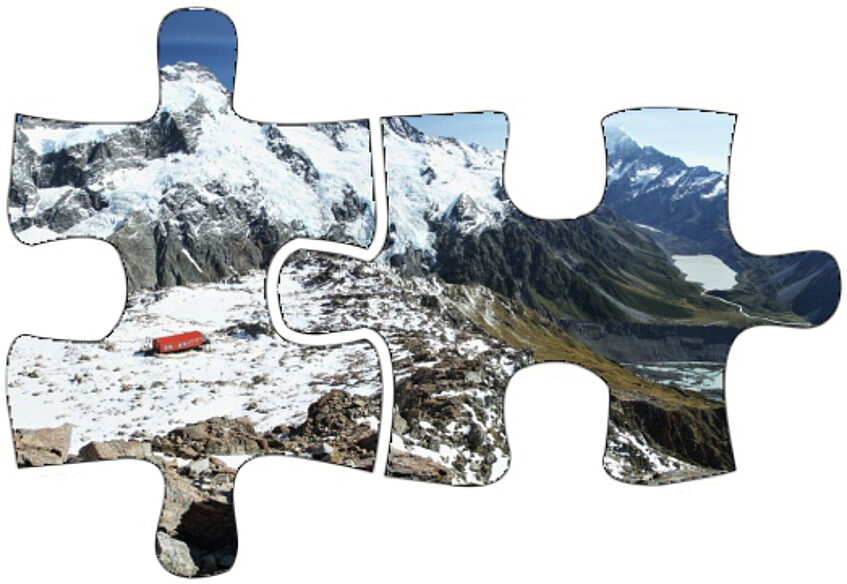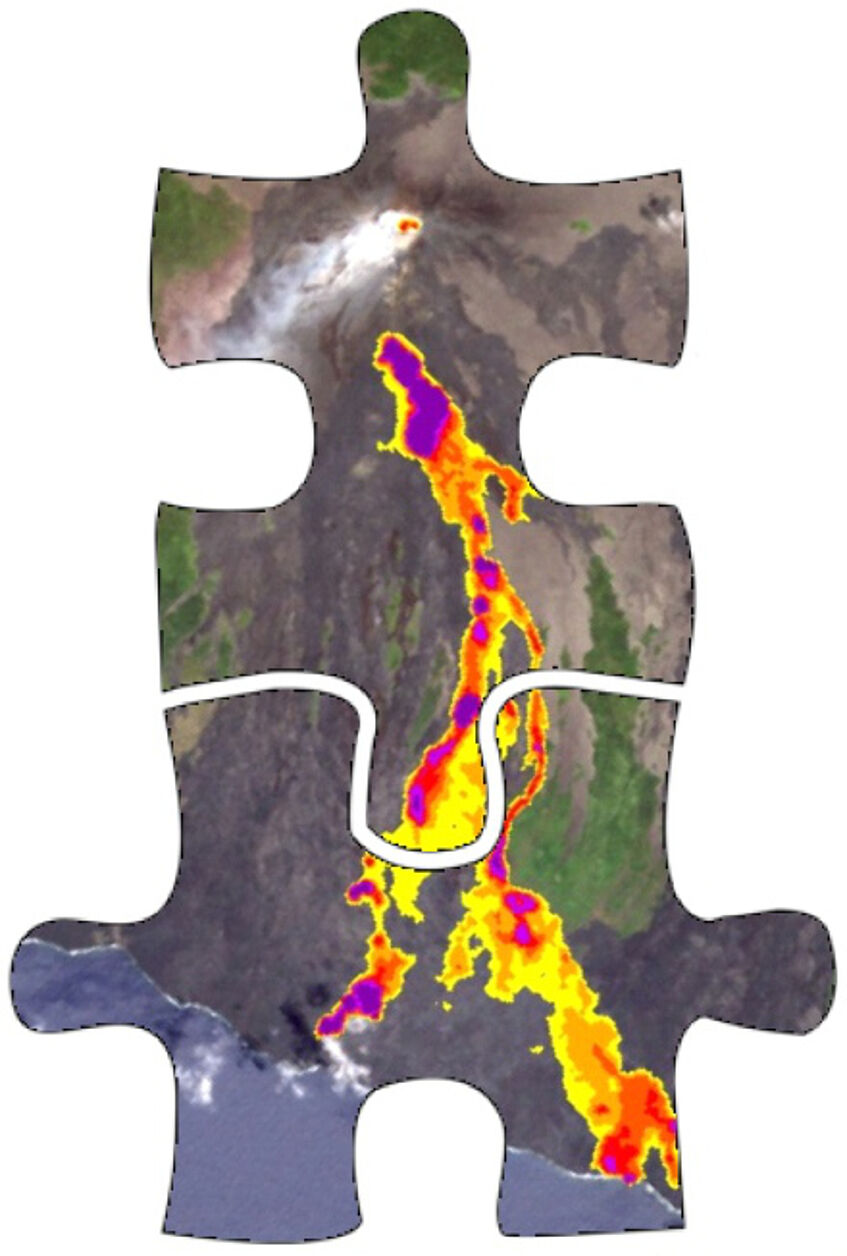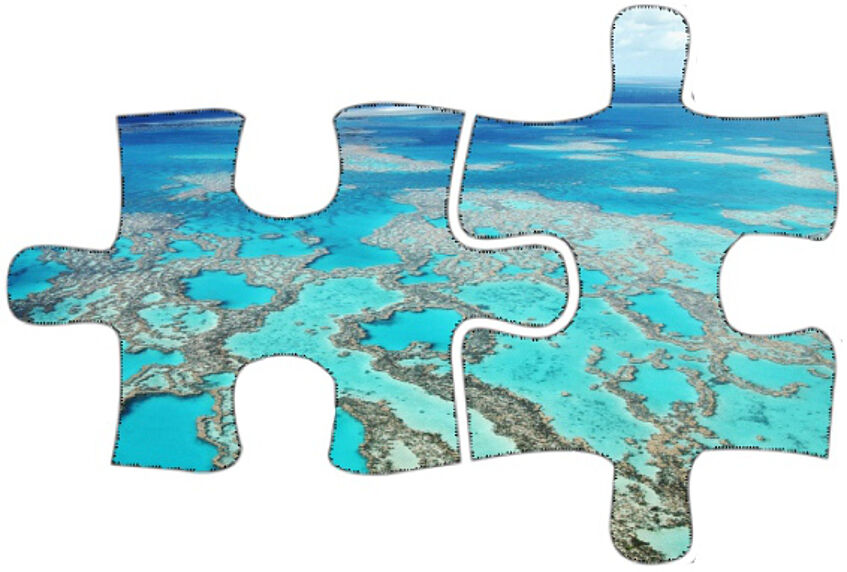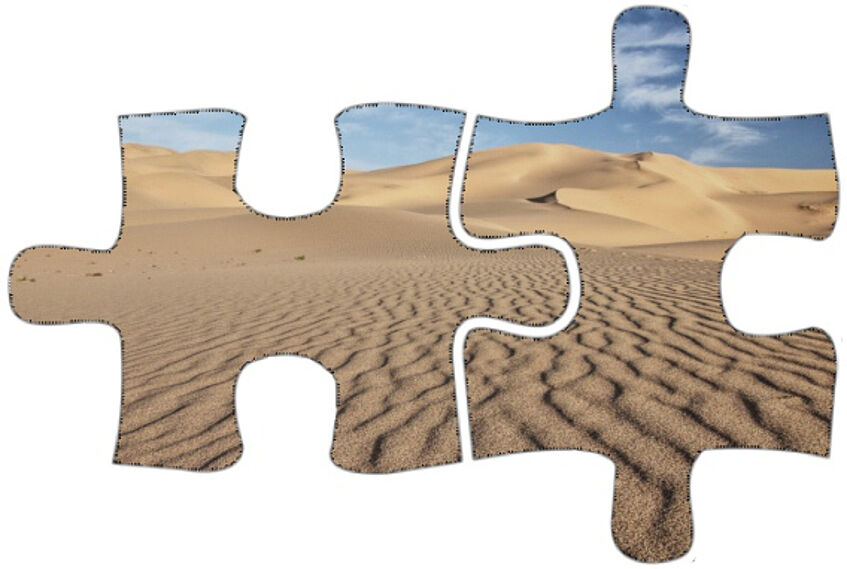What is interesting for us ...
- Which types of environmental changes result from climate change in high-mountain areas?
- How does environmental change affect society?
- How can we reduce the risks associated to landslides?
- Why are all natural disasters actually social disasters?
These and similar questions are explored in the ENGAGE group. Thereby we try to document, to describe, and to explain the processes and their interrelations in nature. On this basis – in close cooperation with colleagues specialized in social sciences – we attempt to better understand the feedbacks between society and environment. In this way we aim at contributing to a responsible and sustainable management of natural resources on the one hand, and risks on the other hand.


A small insight
This video outlines the research project SEERISK (Joint Disaster Management risk assessment and preparedness in the Danube macro-region), in which the ENGAGE team was deeply involved.
How we do research ...
Many scientific questions call for the combination of various methodological approaches: besides conceptual considerations, the spectrum applied in the ENGAGE group includes field work as well as laboratory analyses and computational methods such as Geographic Information Systems (GIS) or numerical simulations. Particular competences are available in the following techniques:
- Development and application of conceptional, physically-based and statistical computer models
- Remote sensing (e.g. interpretation of aerial images or laser scans)
- Field methods (laser scanning, drilling, geophysical methods, mapping, sedimentary archives)
- Laboratory methods (e.g. sediment analysis, physical and chemical geoanalytics)
- Documentation of geomorphological processes and the consequences thereof

Think globally, act locally ...
In order to understand globally relevant dynamics and challenges (such as the manifold consequences of climate change), it is necessary to analyze them in various geographic contexts.
Therefore we work –both in teaching and in research –with case studies all around the world, from Vienna and Lower Austria across the Alps and Italy all the way to China, New Zealand, and South America. Thereby, we put a particular focus on the high-mountain areas of the world. The reasons for this are manifold:
- High sensitivity towards influences of climate change, but also socio-economic change
- Consequently, an indicator function for global environmental changes
- Rapid processes due to steep topographic gradients
- High potential for natural hazards and, consequently, risks
However, our research portfolio also includes other types of landscapes such as coastal areas or arid regions.


